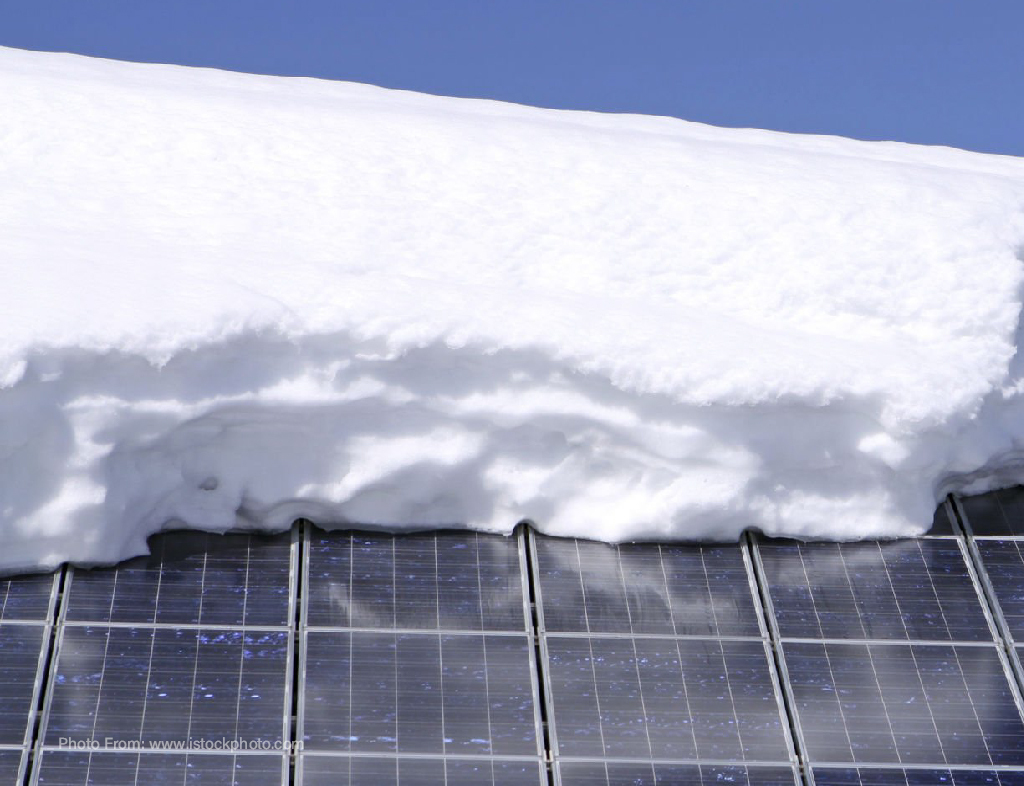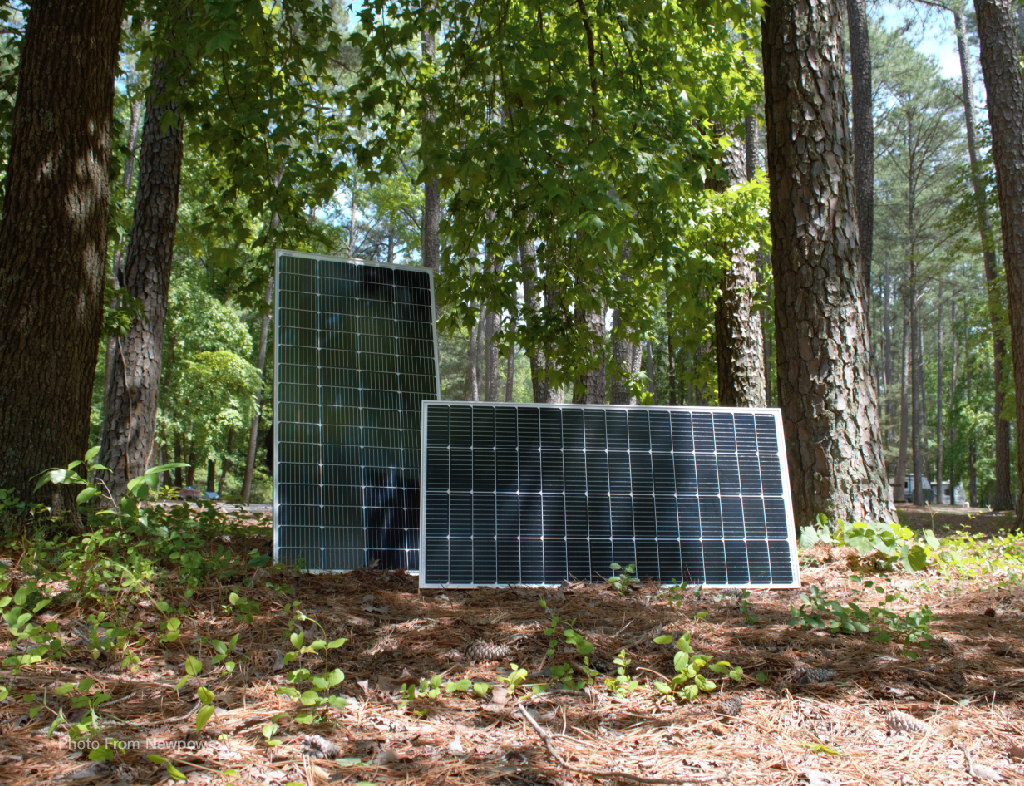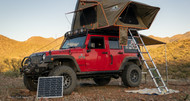BUILDING OFF-GRID SOLAR IN HARSH ENVIRONMENTS
12th Feb 2025
Solar energy is a versatile and sustainable power source, but deploying it in harsh environments presents unique challenges. Whether in the scorching desert, humid jungle, or freezing Arctic, off-grid solar systems require careful planning and customization to thrive. This blog explores strategies to overcome these environmental obstacles.

Desert Climates: Battling Heat and Dust
Deserts are ideal for solar power due to abundant sunlight, but extreme conditions demand specific solutions. High temperatures can reduce solar panel efficiency and damage components over time. Panels with high-temperature tolerance and efficient cooling mechanisms, such as ventilated mounting systems, are essential.
Dust and sandstorms pose another significant threat, coating panels and reducing their energy output. Regular maintenance, automated cleaning systems, or anti-soiling coatings help mitigate these issues. Elevated panel mounts can also prevent debris accumulation and minimize thermal stress.
Jungle Environments: Coping with Humidity and Shade
Tropical jungles present a starkly different challenge, with persistent humidity and dense vegetation. Moisture can corrode electrical components and reduce system longevity. Using corrosion-resistant materials and weather-sealed enclosures safeguards the system.
Shading from tall trees is a major obstacle, as it disrupts sunlight exposure. Strategic panel placement, selective tree trimming, and the use of solar tracking systems can optimize light capture. Additionally, micro-inverters or power optimizers allow each panel to operate independently, reducing the impact of partial shading.
Arctic Conditions: Performance in Cold and Snow
Solar in Arctic regions must withstand extreme cold and heavy snow. Interestingly, cold temperatures can enhance solar panel efficiency, but components like batteries and inverters must be rated for sub-zero conditions. Insulated and heated battery enclosures are essential for maintaining storage capacity.
Snow accumulation can block sunlight and weigh down panels. Installing panels at steep angles minimizes snow buildup, while frameless designs prevent ice from sticking to edges. Regular snow removal and anti-icing coatings further improve system reliability.

Building off-grid solar systems in harsh environments requires adapting to specific challenges. In deserts, heat-resistant panels and dust management are crucial, while jungle installations demand moisture protection and shading solutions. Arctic setups benefit from cold-resistant components and effective snow management. By customizing your system to the unique conditions of each environment, solar power can remain a reliable and sustainable energy solution, even in the most extreme locations.
